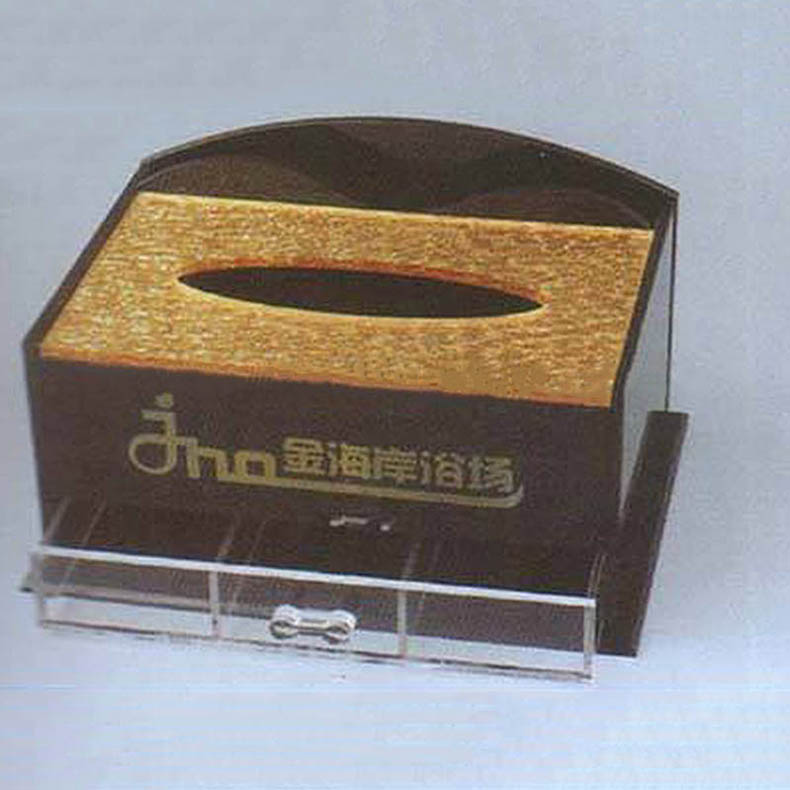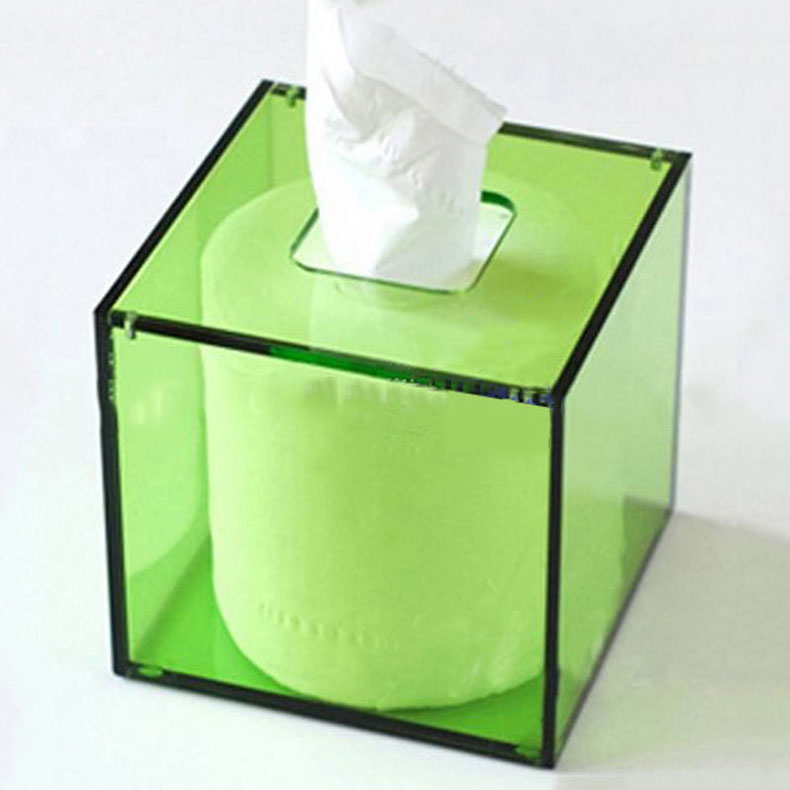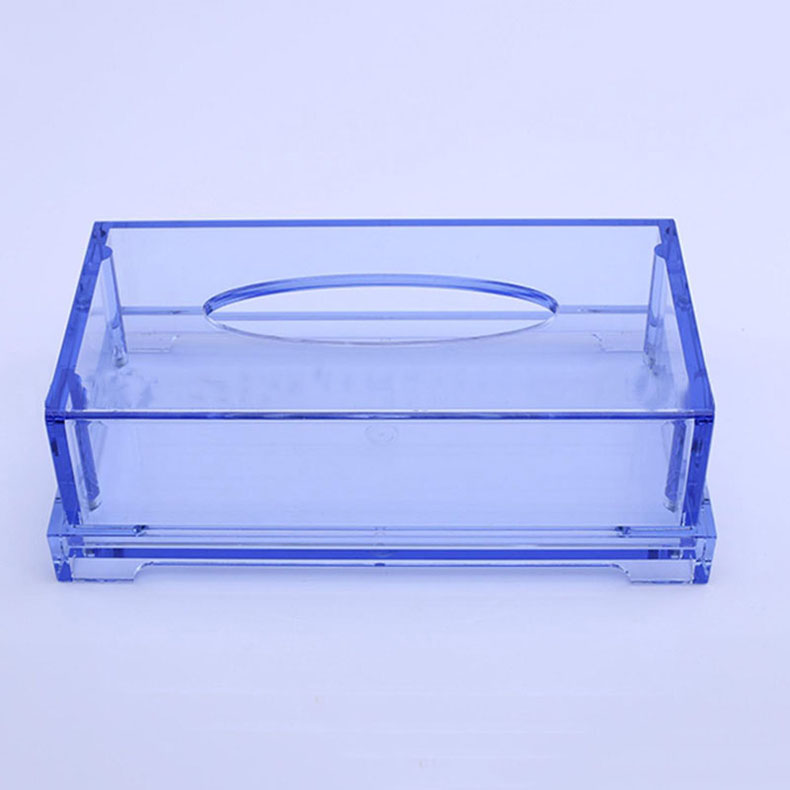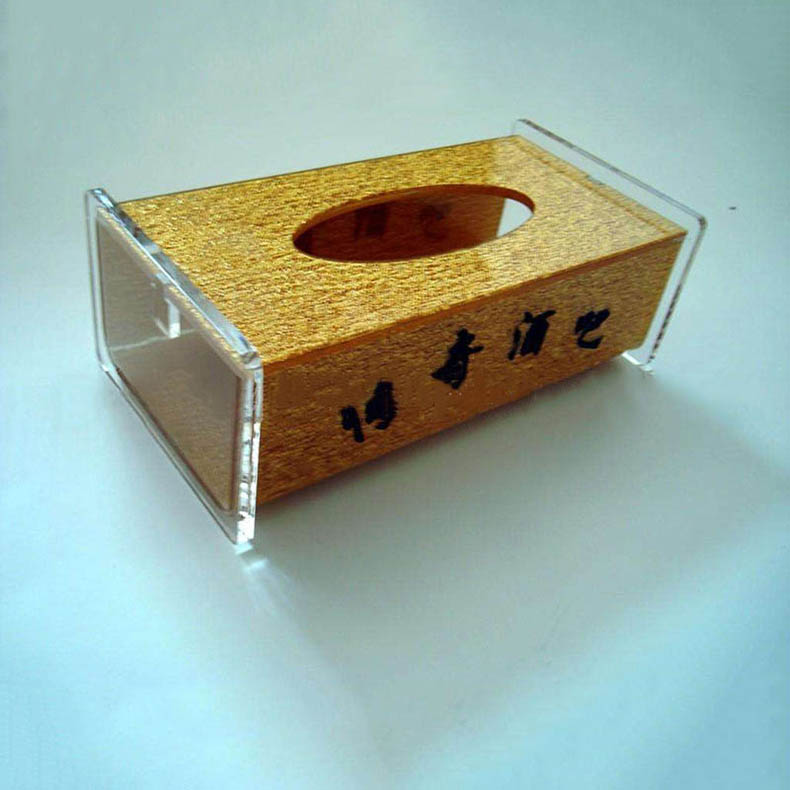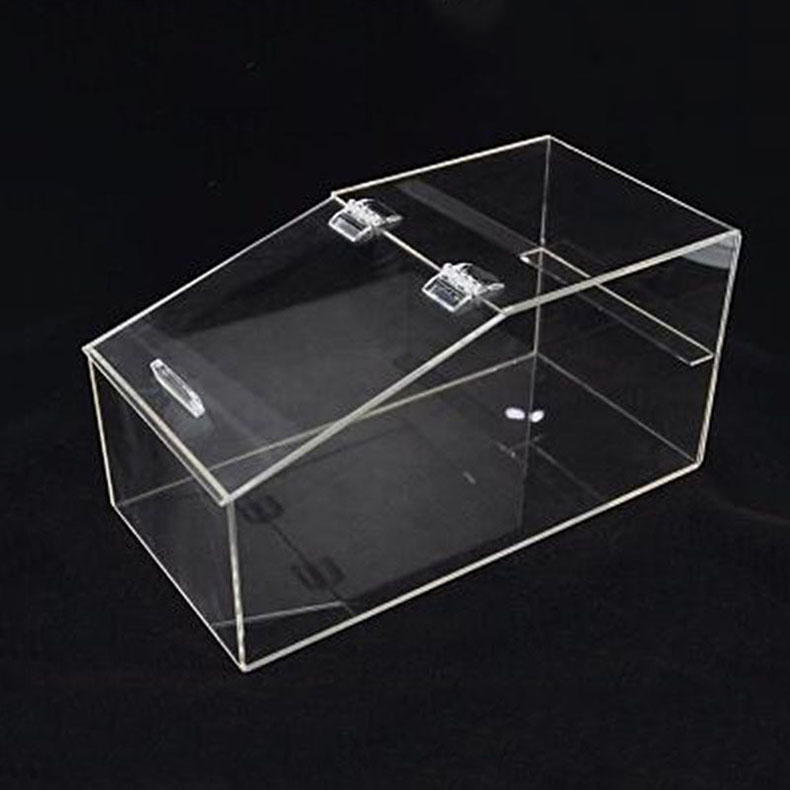Introduction
Acrylic jewellery boxes have gained significant popularity in the market due to their transparency, durability, and aesthetic appeal. They offer an ideal way to showcase precious jewellery while providing protection. The production of acrylic jewellery boxes involves a series of well - defined steps that require precision and expertise.
1. Material Sourcing
The first stage in the production of acrylic jewellery boxes is sourcing high - quality acrylic sheets. Acrylic, also known as polymethyl methacrylate (PMMA), is a synthetic thermoplastic. The choice of acrylic is crucial as it directly impacts the final quality of the jewellery box.
Manufacturers typically look for acrylic sheets with excellent optical clarity, which allows for a clear view of the jewellery inside. The sheets should be free from impurities such as bubbles, scratches, or discolorations. The thickness of the acrylic sheets depends on the size and design requirements of the jewellery box. Thicker sheets are used for larger or more robust boxes, while thinner ones may be suitable for smaller, more delicate designs.
2. Design and Planning
Once the acrylic material is sourced, the design phase begins. Designers use computer - aided design (CAD) software to create detailed 2D and 3D models of the jewellery box. They consider factors such as the size and shape of the box, the number of compartments, and any decorative elements.
The design must not only be aesthetically pleasing but also functional. For example, compartments need to be sized appropriately to hold different types of jewellery, such as rings, necklaces, and earrings. The design also takes into account the ease of manufacturing, ensuring that the box can be produced efficiently.
3. Cutting
After the design is finalized, the acrylic sheets are cut into the required shapes and sizes. There are several cutting methods available, with laser cutting being one of the most popular. Laser cutting offers high precision and can create intricate designs with smooth edges.
The laser cutting machine follows the design specifications from the CAD file. It uses a high - powered laser beam to melt through the acrylic, resulting in clean and accurate cuts. Waterjet cutting is another option, which uses a high - pressure stream of water mixed with abrasive particles to cut the acrylic. This method is suitable for thicker acrylic sheets and can also achieve precise cuts.
4. Bending and Shaping
Some acrylic jewellery boxes may require bending or shaping to achieve the desired form. To bend the acrylic, it is heated to a specific temperature, usually around 150 - 160 degrees Celsius. This makes the acrylic pliable and allows it to be bent into the required shape.
Special bending tools and jigs are used to ensure accurate and consistent bends. The acrylic is then held in place until it cools and retains its new shape. In some cases, more complex shaping techniques such as vacuum forming may be used. Vacuum forming involves heating the acrylic sheet and then using a vacuum to pull it over a mold, creating a three - dimensional shape.
5. Assembly
Once the individual acrylic parts are cut and shaped, they are ready for assembly. A specialized acrylic adhesive is used to join the parts together. The adhesive forms a strong and transparent bond between the acrylic surfaces.
During the assembly process, it is essential to ensure that the parts are aligned correctly. This may involve using fixtures or jigs to hold the parts in place while the adhesive dries. The assembly also includes the installation of any internal components, such as dividers or trays. These components are carefully placed and secured to create functional compartments for the jewellery.
6. Polishing
After assembly, the acrylic jewellery box undergoes a polishing process to enhance its appearance. The polishing helps to remove any minor scratches or rough edges that may have occurred during the cutting and assembly stages.
There are different polishing methods, including mechanical polishing and chemical polishing. Mechanical polishing uses abrasive pads and compounds to smooth the surface of the acrylic. Chemical polishing involves applying a chemical solution that dissolves a thin layer of the acrylic, resulting in a smooth and shiny finish.
7. Interior Lining and Decoration
To add a touch of luxury and protect the jewellery, the interior of the acrylic jewellery box is lined with materials such as velvet, felt, or silk. These materials are cut to fit the compartments and are glued or attached using other suitable methods.
Decoration is also an important aspect of the production process. Manufacturers may add elements such as engraved logos, printed patterns, or decorative trim to the exterior of the box. These decorative elements can enhance the overall aesthetic appeal of the jewellery box and make it more attractive to customers.
8. Quality Control
Before the acrylic jewellery boxes are ready for the market, they go through a rigorous quality control process. Each box is inspected for any defects, including scratches, uneven edges, loose components, or improper bonding.
The clarity of the acrylic is also checked to ensure that it meets the required standards. If any issues are found, the boxes are either repaired or discarded. This strict quality control ensures that only high - quality jewellery boxes reach the customers.
9. Packaging
Once the jewellery boxes pass the quality control inspection, they are carefully packaged. The boxes are usually placed in individual plastic bags to protect them from dust and scratches. They are then packed into larger cartons or boxes, along with any necessary documentation such as user manuals or care instructions.
The packaging is designed to be both protective and presentable. It should be able to withstand the rigors of transportation while also making a good first impression on the customer.
Conclusion
The production of acrylic jewellery boxes is a multi - step process that requires a combination of technical skills, advanced machinery, and attention to detail. From material sourcing to final packaging, each stage plays a crucial role in creating high - quality, attractive, and functional jewellery boxes that meet the demands of the market. By following these steps, manufacturers can produce acrylic jewellery boxes that not only protect precious jewellery but also enhance its visual appeal.



